First published 1907 by Harper & Brothers Publishers
Special Contents Copyright 2000 by Palladium Press
First Skyhorse Publishing edition 2014
All rights to any and all materials in copyright owned by the publisher are strictly reserved by the publisher.
No part of this book may be reproduced in any manner without the express written consent of the publisher, except in the case of brief excerpts in critical reviews or articles. All inquiries should be addressed to Skyhorse Publishing, 307 West 36th Street, 11th Floor, New York, NY 10018.
Skyhorse Publishing books may be purchased in bulk at special discounts for sales promotion, corporate gifts, fund-raising, or educational purposes. Special editions can also be created to specifications. For details, contact the Special Sales Department, Skyhorse Publishing, 307 West 36th Street, 11th Floor, New York, NY 10018 or .
Skyhorse and Skyhorse Publishing are registered trademarks of Skyhorse Publishing, Inc., a Delaware corporation.
Visit our website at www.skyhorsepublishing.com.
10 9 8 7 6 5 4 3 2 1
Library of Congress Cataloging-in-Publication Data is available on file.
Cover design by Victoria Bellavia
Cover photo from the public domain
ISBN: 978-1-62873-797-4
Ebook ISBN: 978-1-62914-052-0
Printed in the United States of America
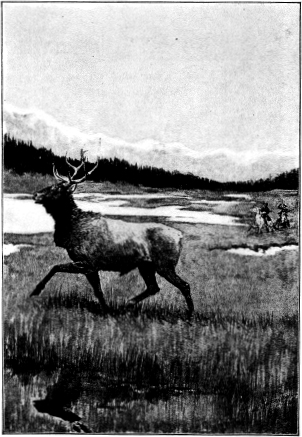
A WOUNDED BULL ELK
Copyright, 1896, 1897, 1907, by H ARPER & B ROTHERS .
________
Published February, 1907.
PRINTED JN THE UNITED STATES OF AMERICA
EU
Publishers Note
T HIS book offers to younger readers a series of pictures of out-door life and big-game hunting in the West. More than this, the author makes us feel not only the zest of sport and adventure, but also the interest attaching to the habits and peculiarities of the remarkable animals which he describes. It is a field-book, since it is written by a true sportsman out of his own experiences, and its general spirit tends to a better appreciation of the value of close observation of animal life. The elk, bear, goats, deer, and other animals which are described, represent the most remarkable large fauna of our country. These descriptions, by one whose acquaintance with them has been so intimate, have an added value in view of the diminution in their number.
It is interesting, also, to remember that the influence of the author has been constantly exerted in favor of the preservation of big game and the maintenance of national parks and forest reserves, which, in addition to other advantages, include the protection of these noble forms of animal life.
This series of articles upon big-game hunting was written for Harpers Round Table, and published therein in 1897. The picture of ranch-life which forms the closing chapter appeared in Harpers Round Table in 1896. These articles are now presented together in book form for the first time after consultation with the author. For the title of the book and the proof-reading the publishers are responsible.
Contents
Illustrations
The Wapiti, or Round-horned Elk
I
THE WAPITI, OR ROUND-HORNED ELK
 O country of the temperate zone can begin to compare with South Asia, and, above all, tropical and subtropical Africa, in the number and size of those great beasts of the chase which are known to hunters as big game; but after the Indian and African huntinggrounds, the best are still those of North America. Until a few years before 1897 there were large regions, even in the United States, where the teeming myriads of wild game, though of far fewer and less varied species, almost equalled the multitudes found in South Africa, and much surpassed those found anywhere else in point of numbers, though inferior in variety to those of India.
O country of the temperate zone can begin to compare with South Asia, and, above all, tropical and subtropical Africa, in the number and size of those great beasts of the chase which are known to hunters as big game; but after the Indian and African huntinggrounds, the best are still those of North America. Until a few years before 1897 there were large regions, even in the United States, where the teeming myriads of wild game, though of far fewer and less varied species, almost equalled the multitudes found in South Africa, and much surpassed those found anywhere else in point of numbers, though inferior in variety to those of India.
This, however, is now a thing of the past. The bison, which was the most characteristic animal of the American fauna, has been practically exterminated. There remained in 1897, however, a fair abundance of all other kinds of game. Perhaps, on the whole, the one affording most sport from the stand-point of the hardy and skilful hunter is the big-horn, though in size and in magnificence of horn it is surpassed by some of the wild sheep of Asia.
There is a spice of danger in the pursuit of the grizzly-bearthe largest of all the land bearsespecially in Alaska, where it is even larger than its Kamtchatkan brother. The moose and the wapitiordinarily called the elkare closely related to the Old-World representatives of their kind; but the moose is a little larger and the wapiti very much larger than any of their European or Asiatic kinsfolk. In particular, the elk, or wapiti, is the stateliest of all deer, and the most beautiful of American game beasts.
It is a pity we cannot always call the wapiti by its right name, but the hunters and settlers never know him as anything but the elk, and I fear it would be pedantry to try to establish his rightful title. In former days the elk ranged to tide-water on the Atlantic coast. A few lingered in Pennsylvania until 1869, and throughout the middle of the century they were abundant on the great plains. In 1888 I shot one on the Little Missouri, however. In many parts of the Rocky Mountains and of the Coast Range the species is still as abundant as ever, and this is especially true of northwestern Wyoming, since that great animal-preserve the Yellowstone Park swarms with elk, and is their natural nursery and breeding-ground.
The elk is the lordliest of his kind throughout the world. The Scotch stag is a pygmy but a fourth his size. The stags of eastern Europe are larger than those of Scotland, and in Asia larger still, approaching in size a small wapiti. They are all substantially alike except in size.
The wapiti is rather easier to kill than the deer, because his size makes it easier to see him; and he is slower in his movements, so that he is easier to hit. When pressed he can gallop very hard for a few hundred yards, but soon becomes tired. The trot is his natural gait, and this he can keep up for hours at a time, going at a pace which makes it necessary for a horse to gallop smartly to overtake him, and clearing great logs in his stride, while he dodges among the thick timber in a really marvellous way, when one comes to think of the difficulty he must have in handling his great antlers.
Late in September the rut begins, and then the elk gather in huge bands, while the great bulls fight vicious battles for leadership. Hunters call this the whistling-time, because throughout its continuance the bulls are very noisy, continually challenging one another. Their note is really not much like a whistle. It consists of two or three bars, rising and then falling, ending with a succession of grunts; the tone of voice varies greatly in different individuals; but when heard at a little distance in the heart of the great wooded wilderness the sound is very musical, and to meand, I suppose, to most huntersit is one of the most attractive sounds in all nature.
At this season the big bulls are quite easy to approach by any man at all skilled in still-hunting, for their incessant challenging betrays their whereabouts, and they are so angry and excited as to be less watchful than usual. Some of my most pleasurable memories of hunting are connected with stalking some great bull-elk in frosty weather, when the woods rang with his challenges.

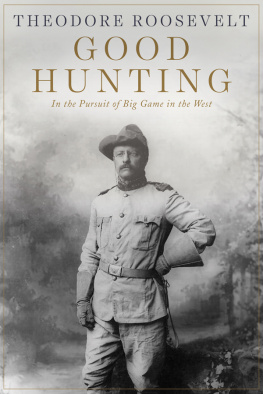


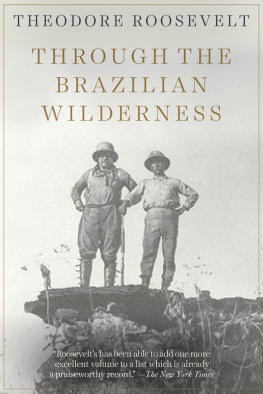

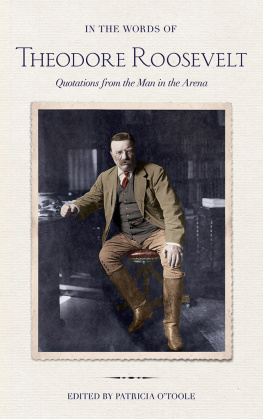
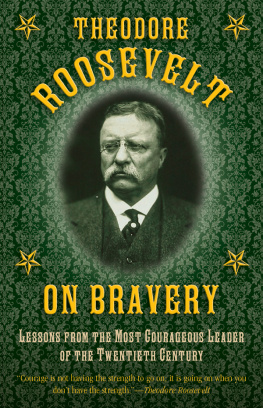

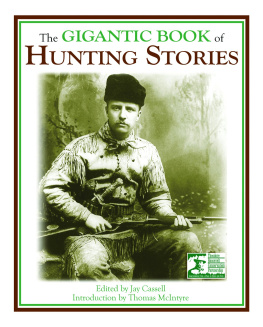

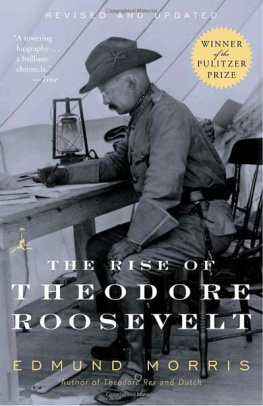




 O country of the temperate zone can begin to compare with South Asia, and, above all, tropical and subtropical Africa, in the number and size of those great beasts of the chase which are known to hunters as big game; but after the Indian and African huntinggrounds, the best are still those of North America. Until a few years before 1897 there were large regions, even in the United States, where the teeming myriads of wild game, though of far fewer and less varied species, almost equalled the multitudes found in South Africa, and much surpassed those found anywhere else in point of numbers, though inferior in variety to those of India.
O country of the temperate zone can begin to compare with South Asia, and, above all, tropical and subtropical Africa, in the number and size of those great beasts of the chase which are known to hunters as big game; but after the Indian and African huntinggrounds, the best are still those of North America. Until a few years before 1897 there were large regions, even in the United States, where the teeming myriads of wild game, though of far fewer and less varied species, almost equalled the multitudes found in South Africa, and much surpassed those found anywhere else in point of numbers, though inferior in variety to those of India.